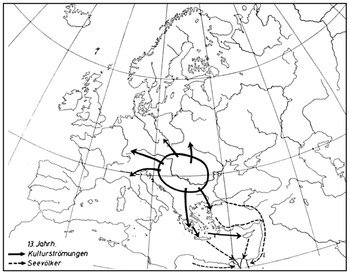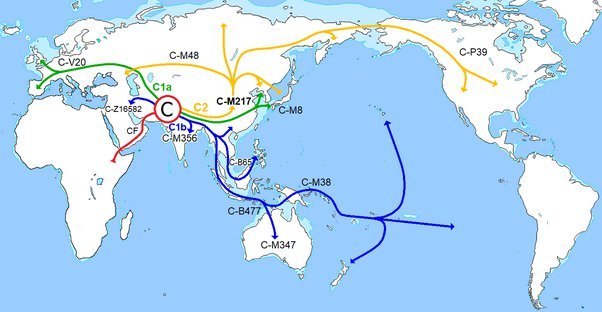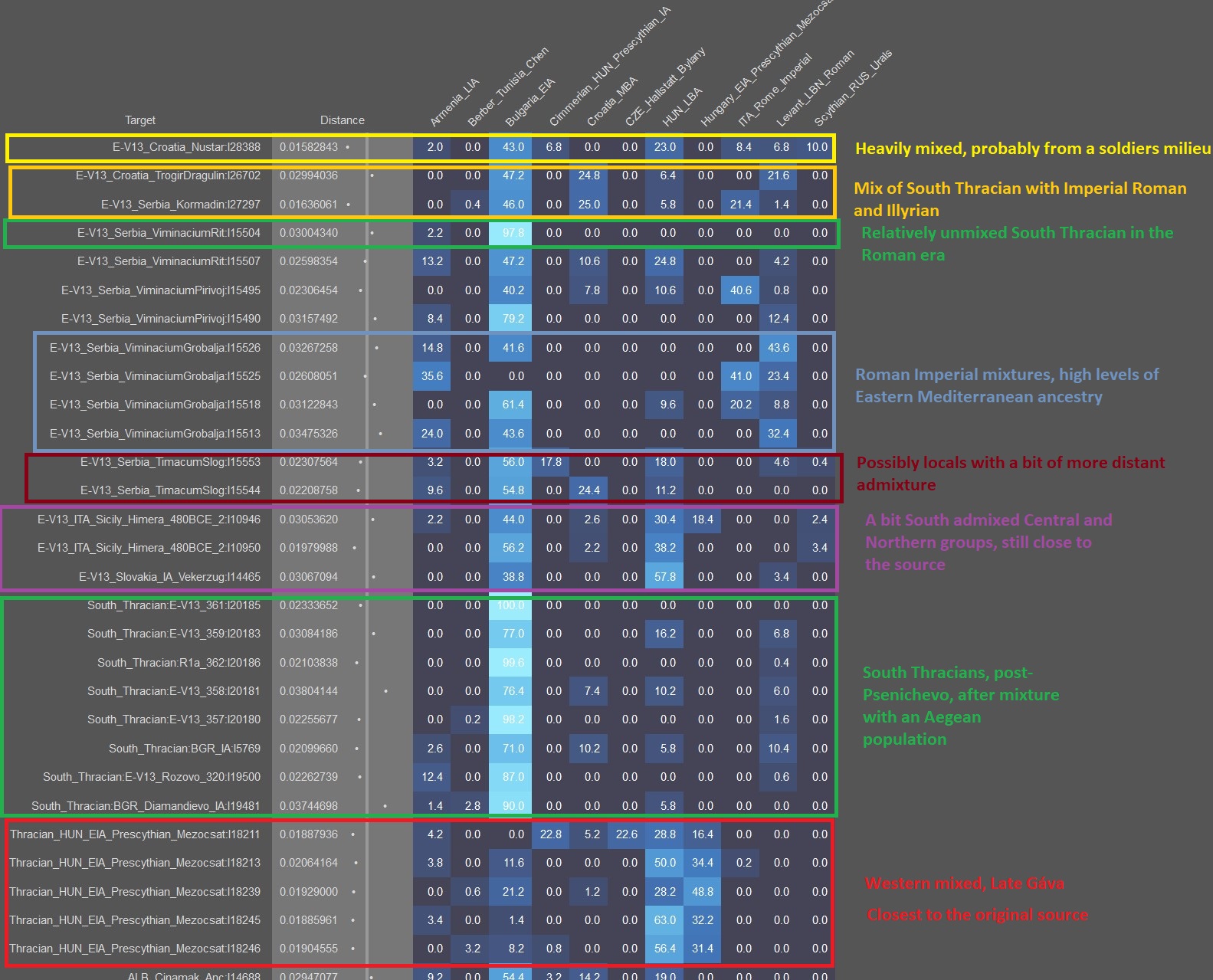There is already a publication out which is associated with the project "The Fall", it stresses once more the important date of around 1.200 BC, the Transitional Period. Was talked about before, but its so important, since I wrote a post elsewhere, its worth to being published once more to come back to the topic:
In the Carpathian Basin, in the 13th to 12th centuries BC, the deposition of metal in hoards increased exponentially. New data confirm that Alpine sources became dominant, though there is also evidence for the increased presence of Cypriot copper at this time (Gavranović et al.
2022; Molloy
2019, pp. 148–149). Metal supplied to sites north of the Po Valley continued to come from the nearby Alpine sources, though there are no published analyses of objects from the few surviving sites south of the river.
Metalwork styles were increasingly shared between the Po Valley and Carpathian Basin in the 13th and 12th centuries BC (Molloy et al. in press).
A subset of these styles, dominated by weaponry, appeared occasionally in the Aegean in the 13th century and then much more frequently in the 12th century. While local metal supplies remained consistent, this transculturation of weapon forms represents a clear change in consumption patterns and social networks as society was reconfigured after the palatial collapse (Iacono
2019; Jung and Mehofer
2013; Molloy
2016).
The consistent pattern seen in metalwork reveals a sharp change in supply, style, and management from the decades around 1200 BC. On the one hand, this shows continuity of long-distance networks; on the other hand, it shows a narrowing or refocusing of those networks and the political relationships they embodied. It is clear that shifts in the macroscale metal networks of Europe arose from changes to the societies that had formed the powerful nodes that drove long-distance networks.
First primarily a few mercenaries and specialists came from both Italy and the Carpatho-Balkan region to Greece, but later it was a full scale migration. That's the cause of the final collapse and the big shift taking place. With this expansion explaining perfectly why E-V13 has such a major growth peak in that period.
The chronology is pretty straightforward, because we see the wave of the Upper Tisza warriors coming down, moving closer to the Aegean with every generation. The first major impact was.
Although we know that the earliest sites were built ca. 1600 BC, there was a major investment in construction between 1500 and 1400 BC, a destruction horizon ca. 1300 BC, and limited evidence for occupation after 1200 BC at excavated sites.
When the Channelled Ware groups expanded into the Balkans, and e.g. Bulgaria was completely covered, further North the settlements being abandonend:
Other sites appear to have been abandoned slightly later, between 1250 and 1150 BC at Gradište Iđoš and Csanádpalota–Földvár, for example. In the southeastern plain, almost all cemeteries were abandoned after 1200, with a lower visibility of burials dated to the 12th to 11th centuries
To assess the magnitude of the shift and movement:
Settlement evidence is much reduced in general between 1200 and 1050 BC in the southern Pannonian Plain, and monumental central sites of any kind are unknown. While systematic survey is rare, Bóka (
2012, fig. 5) and Száraz (
2017) show “Gava period” sites were well distributed in the Körös area and Zala County in Hungary, respectively. For the Körös microregion, just north of the above fortified sites, this Gava typo-chronological period is framed as 1200–900 BC, and so shifts within this bracket are insufficiently clear. In
Zala County, the number of sites fell from 122 sites dated broadly to 1300–1100 BC to 22 sites in 1100–900 BC.
Down to 22 from 122! That's truly massive.
Talking about the centre of Gáva:
In the Transylvanian Plateau, the Noua and Wittenburg cultural traditions came to an end in the 14th to 13th century BC (Quinn et al.
2020, pp. 51–53).
A new wave of settlement building there was contemporary to increased use of Gava-type pottery, closely related to the Belegiš forms used in the Pannonian Plain. Over 30 “Gava settlements” are known in Transylvania alone, dated broadly to 1200 to 900 BC; the majority are east of the Apuseni Mountains, away from the Pannonian Plain (Bălen
2013, pl. 1).
Here they make absolutely clear, even if saying it cautious ("no doubt gradual" - why exactly gradual?! The evidence points to rather abrupt and massive tribal migrations on some routs, and continued mass migration, even if more gradual, elsewhere), that Gáva people migrated into the Balkans and in the direction of the Aegean:
To the south, new defensible and open settlements emerged in the 12th century BC in the Morava and Vardar-Axios Valleys leading to Greece; they were characterized by the adoption of Carpathian-style channel-decorated pottery (Bulatović et al. 2021). As the Pannonian Plain became depopulated, its material culture traditions were increasingly influential elsewhere, suggesting an element of outward, no doubt gradual, migration.
That event is absolutely crucial for the spread of E-V13 in the Balkans. Whereas in the North we see emptied regions and depopulated centres, Gáva-related Channelled Ware covered nearly all of the Balkans West of the Illyrians.
The combination of climate change, attraction to the riches of the South and increased pressure from the steppe (Cimmerians!) led to their mass migration Southward:
Overall, the system in place between 1400 and 1200 BC supported the presence of densely spaced, large, and enclosed sites in the southern Pannonian Plain indicative of a substantial population. Whatever changed, it was sufficient to render that system unsustainable, and areas of the landscape that had supported large populations ceased to do so.
The globalizing connections that defined the European Bronze Age in the second millennium BC either ended or abruptly changed in the decades around 1200 BC. The impact of climate change at 3.2 ka on such social changes has been debated for the eastern Mediterranean. This paper extends this...

link.springer.com







